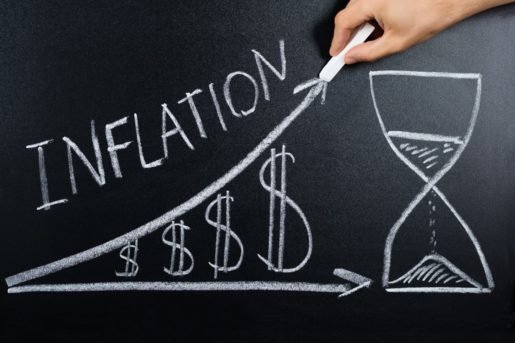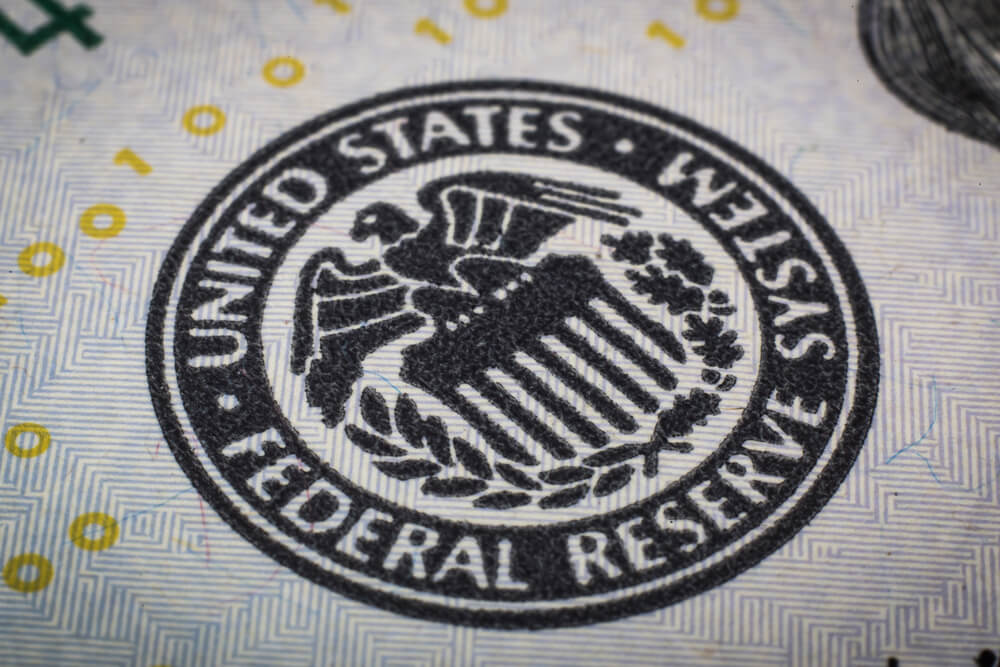On Thursday, for the first time since October, a vital slice of the United States yield curve inverted. It revived memories of the growth feats that plagued investors last year. Also, it is signaling doubts that the Federal Reserve will succeed in reviving inflation.
The gap between the yield on three-month and 10-year treasuries on Thursday at one point slipped to as low as minus two basis points. The spread last reached those levels because economic issues ram shackled at the height of the trade. Some see the range as a warning signal, moreover, that it has inverted before each of the past seven United States recessions.
The coronavirus outbreak is threatening to disrupt the Chinese economy. The business cycle concerns are undoubtedly a factor. The emerging doubts over the commitment and ability of policymakers for shoring up growth and spurting inflation are more important.
This week Chairman Jerome Powell and colleagues kept rates unchanged. Moreover, they signaled they would pull out all the stops to combat a global disinflationary downdraft. Thus, the inversion has deepened.
On Wednesday, the Federal Reserve held the conference. Following the meeting, the fed funds futures showed increased conviction by traders that a cut is coming this year. Nevertheless, they continue to price in just one quarter-point reduction. Doubts are coming from inflation-linked debt markets. They fear that price pressures will increase, with so-called breakeven rates slipping in the wake of Powell’s comments.
Michael Darda is a market strategist at MKM Partners. He said in case the bond market thought that Powell’s comments on demanding higher inflation were credible in his press conference than we would not have seen break-even inflation rates falling as they did.
United States Inflation
On Thursday released a measure of core United States inflation. Thus, it showed that price pressures slowed to an annualized 1.3% in the fourth quarter from 2.1%/. It is the weaker figure than analysts were expecting.

The new-year optimist was derailed by the spread of the deadly virus among investors. Now the spotlight is on policymakers to handle a downturn. Merian Global Investors are saying that the market is screaming for more easing. Whereas, Societe Generale SA expects a 100-basis-point drop in the policy year this year.
Nick Maroutsos is a co-head of global bonds at Janus Henderson Group Pic. He said that people look for some form of safety. And only way doing this is to buy Treasuries out the curve. The federal reserve is adamant about pumping as much liquidity into the market as possible. Moreover, some say that federal reserve is pumping even more in overtime if this risk-off scenario continues.
Falling Yields are triggering other market dynamics that are exacerbating by the move. Convexity hedging is when mortgage portfolio managers sell or buy bonds to manage their duration exposure. So, the convexity hedging is back in play. They make purchases, as yields fall.
Pascal Blanque is the chief investment officers at Amundi SA. He said that the market should not read too much into the latest yield-curve inversion.













